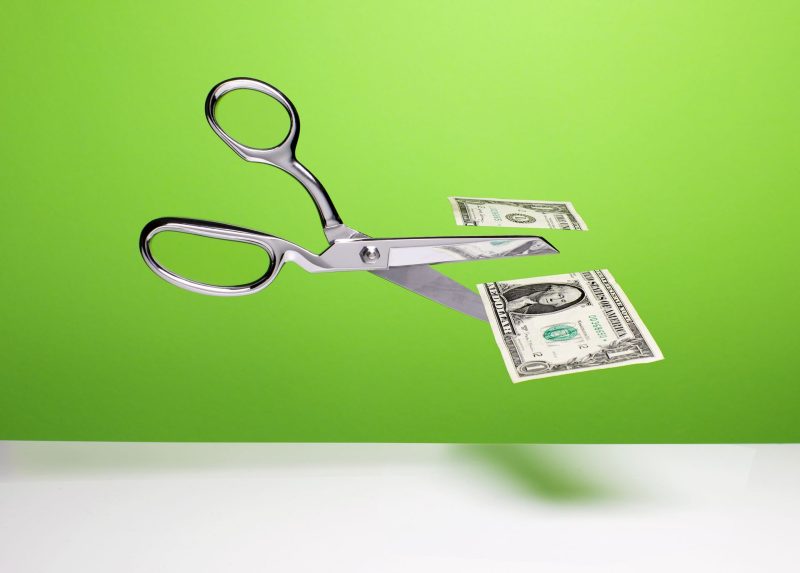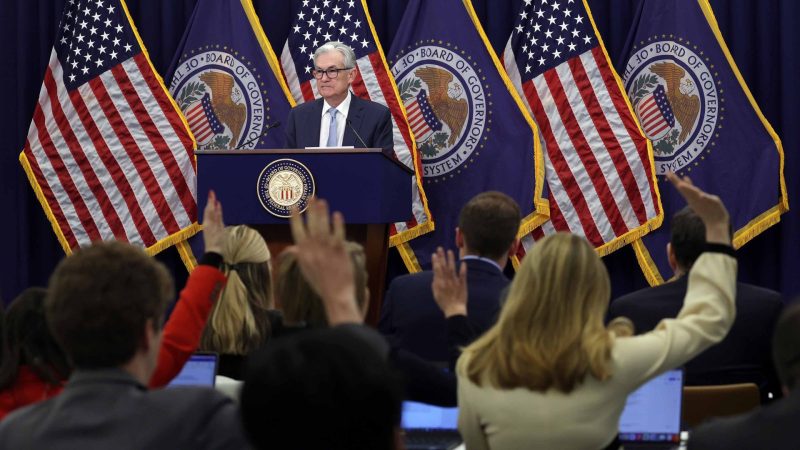The Fed Just Cut Rates. What Should Savers Do About CDs and High-Yield Accounts?

The Federal Reserve cut interest rates for the first time in four years, announcing the news Wednesday at the end of its September monetary policy-setting meeting. The Fed, the nation’s central bank, cut the fed funds rate, a key overnight bank lending rate, by 50 basis points, or half a percentage point, to a range of 4.75% to 5.25%. With rates dropping, now is a good time to reassess your approach to CDs and high-yield savings accounts to make sure you get the most out of your money.
Savings rates had risen for months as the Fed raised interest rates to 23-year highs to combat inflation. But rates have inched down the last few months as the Fed paused its rate-hiking campaign. Savings rates took an even bigger hit after Wednesday’s announcement. Because of this, you won’t be able to earn what you once did on savings rates. However, you still have some time to make some important money moves before the Fed’s next meeting.
After September’s rate cut, you’re probably asking yourself whether or not it’s worth it to open a high-yield savings account or whether or not you should open a long-term or short-term CD. Here’s what you should do about CDs and high-yield savings accounts after the Fed’s rate cut.
What should savers do about CDs and high-yield accounts after the Fed rate cut?
HYSAs
If you don’t already have a high-yield savings account, it’s still worth getting one, even after the recent drop in savings rates. Keeping your cash in a high-yield savings account is an easy way to maximize your savings through compound interest, and rates are still much, much higher than rates you’d find on standard savings or checking accounts.
As of September 9, the national average savings account yield was 0.61%, according to Bankrate. Rates for the best high-yield savings accounts still top 4% and in some cases 5%, even after a drop in rates.
Keep in mind that high-yield savings accounts have variable interest rates, meaning the APY on your account will fluctuate based on the market. Because of this, you won’t be able to lock in rates. However, savings rates will fall gradually over the coming months, instead of falling off immediately — so take advantage of high APYs while you still can.
If you already have a high-yield savings account, now’s a good time to check your rates and potentially shop around for an account that will let you earn even more.
Compare rates by using our tool below, powered by Bankrate.
CDs
If you opened a CD account during the boon to savings rates, it may be nearing maturity soon. In fact, there’s a nearly trillion-dollar wave of CDs maturing this fall, according to CD Valet. While many individuals opted for short-term CDs, thanks to their impressive rates, it may now be more prudent to open a long-term CD. Keep in mind that typically, banks renew a CD at a similar term automatically once it matures, so be sure to contact your financial institution before this happens.
Most of the time, long-term CDs pay higher interest rates than short-term accounts, but lately, that hasn’t been the case. CD rates have been experiencing what’s known as an “inverted yield curve,” meaning shorter-term accounts have been paying higher interest rates than longer-term accounts. And of course, this has made shorter-term accounts more appealing over the last few years.
But with rates declining, locking in rates with a long-term CD account could be the way to go. Opening a five-year CD can be an easy way to maximize the amount of interest earned on your savings, because of course, the longer you keep your money in a CD, the more interest you’ll earn. Just be sure you’re okay with the time commitment — you won’t be able to withdraw funds or you’ll be charged a fee, offsetting any interest you may have earned.
You can use our tool below, powered by Bankrate, to compare CD rates today.
Bottom line
Starting in March 2022, the Federal Reserve raised interest rates 11 times to combat high inflation. However, as inflation started to cool, the central bank began holding the federal funds rate steady at its 23-year high — a target range of 5.25% to 5.50%
After eight consecutive meetings of holding rates steady, the Fed finally cut rates, by 50 basis points. While this should provide some relief for borrowers as interest rates go down, savings rates will also decline. Rates are expected to continue declining throughout 2026.
You won’t be able to lock in rates with a high-yield savings account, so the earlier you start taking advantage of high yields, the better. And while you can lock in rates with a CD, make sure you won’t need to access your cash before it matures. If you’re okay with tying up a good amount of money for several years, it’ll pay off in the long run.



